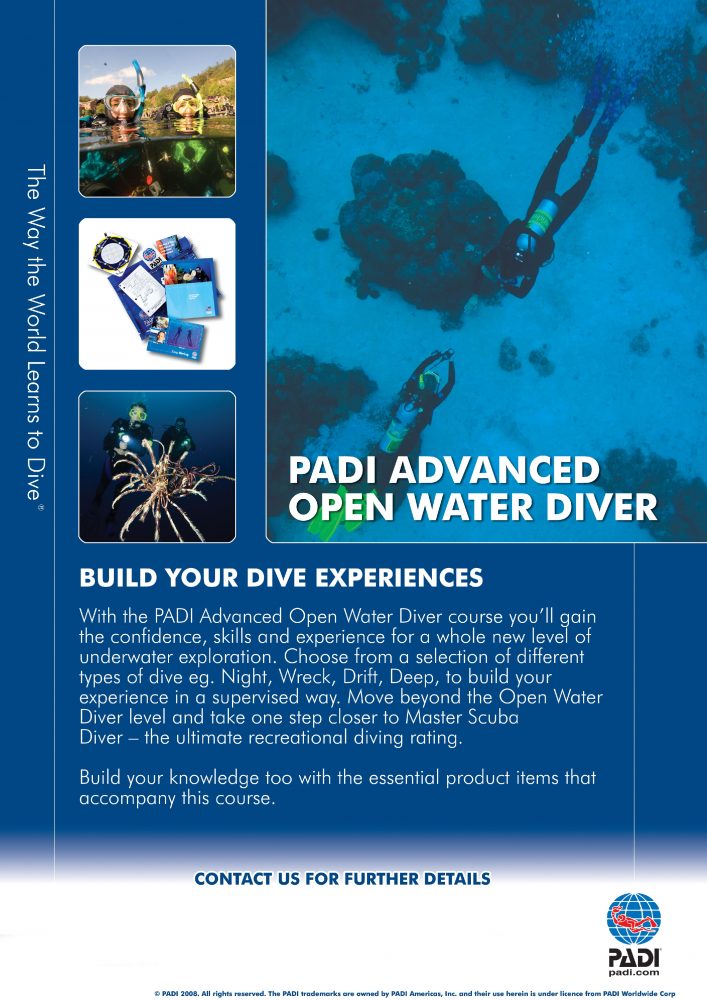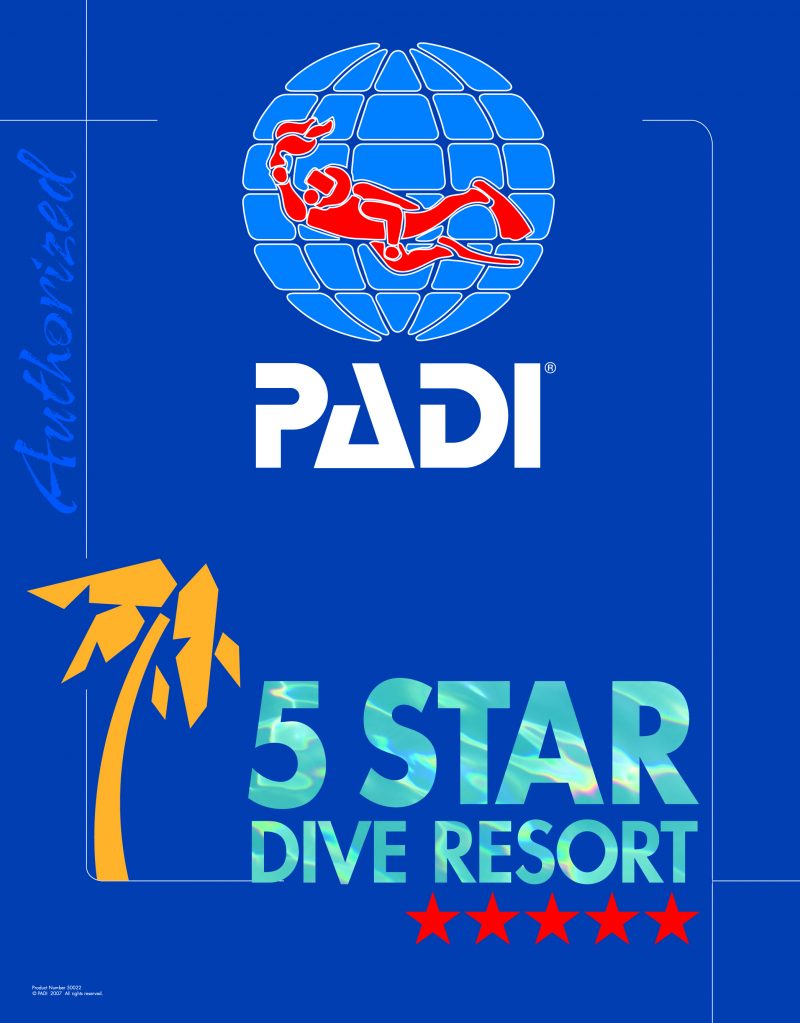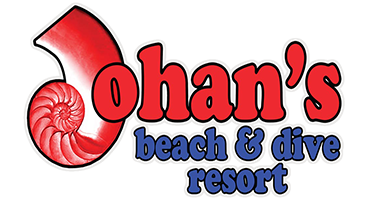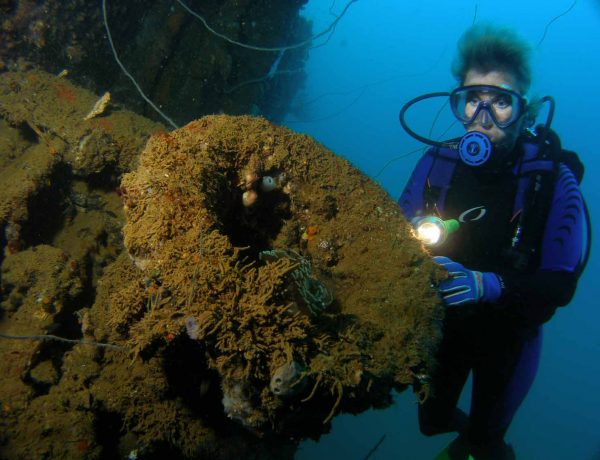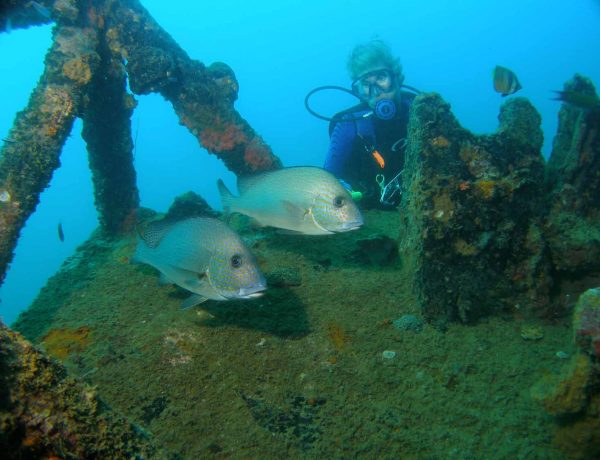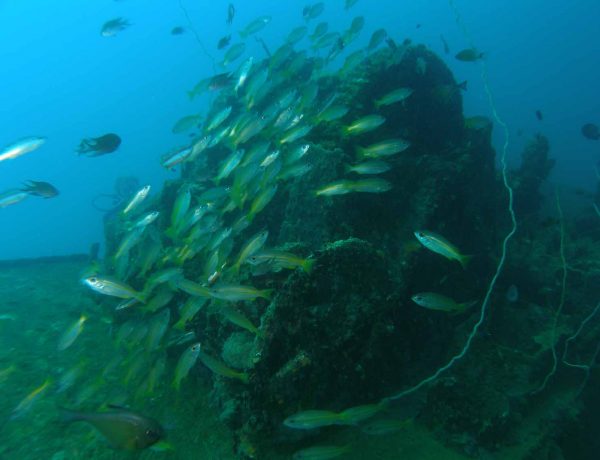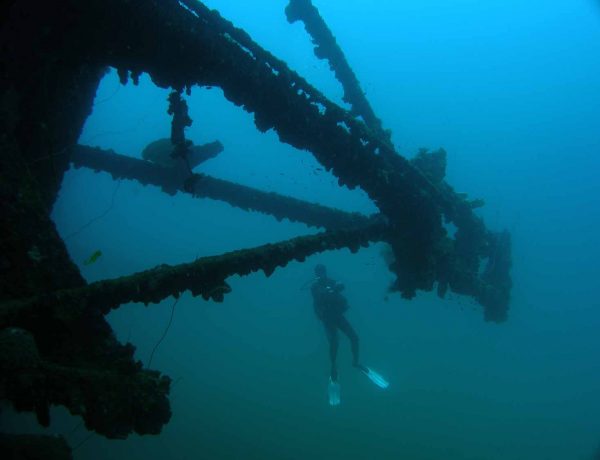Open Water Diver
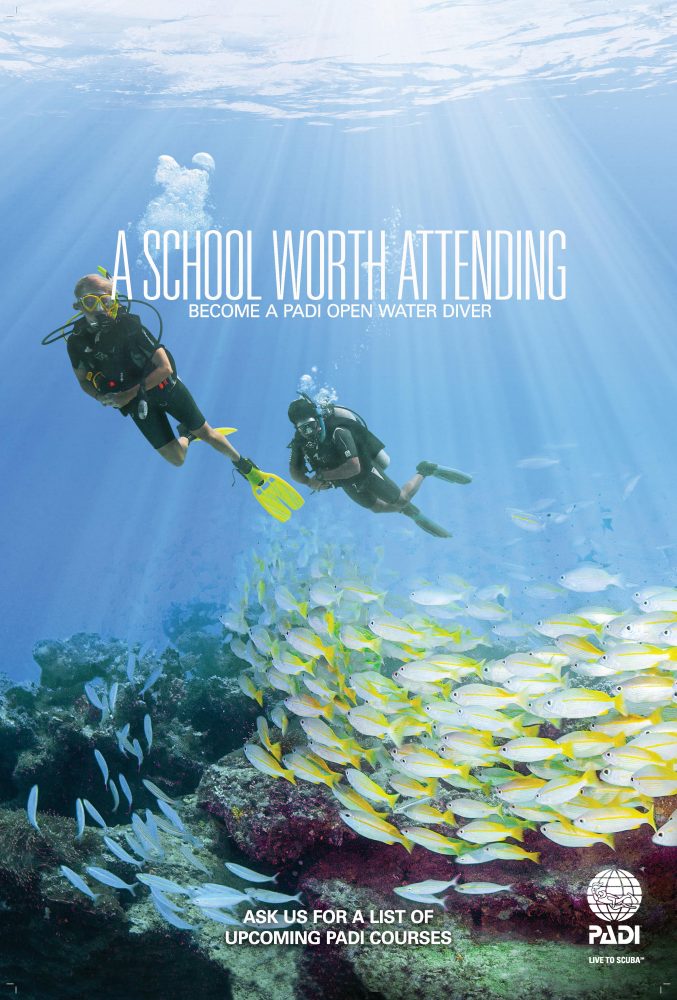
For kids and adults, can be mixed together as a family

The 3 Steps to Becoming an Open Water Diver
When a diver slips over the side of a boat and lets himself slowly sink under the water, they are entering a world that only a small percentage of man has explored. It is a world of fascination, of colorful life and tremendous beauty. A thrilling activity, that when proper training, is safer than horseback riding or playing golf. In its early days, SCUBA diving was an activity filled with risk and dangers. As scientist started to study the risk, means were found to manage them. The scuba diving industry set up a program of certification, so that only those who understood the risk could go diving. The results have taken diving from an activity that would get your life insurance canceled to one that is now considered a family sport enjoyed by divers as young as ten years of age.
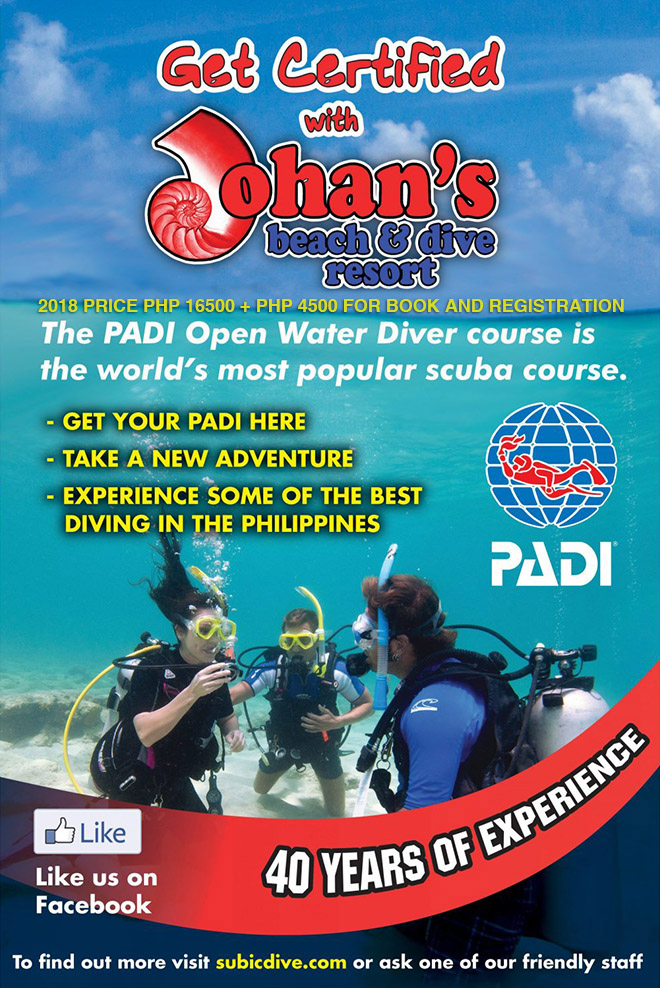
Become an Open water diver and go dive the world
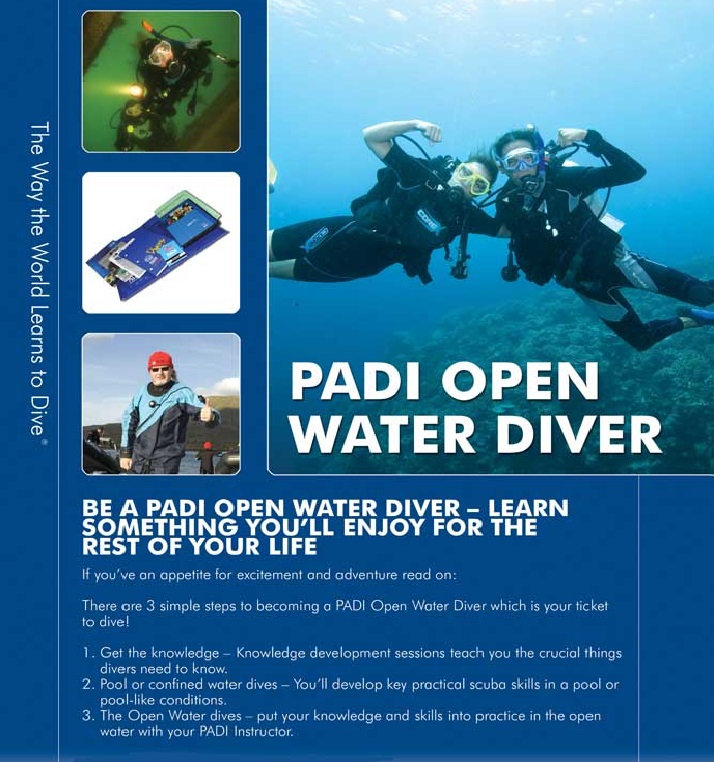
Learn to Scuba Dive
The Open Water Diver (OWD) is the first course most scuba divers take. It is the course that will allow you to dive with a dive buddy without a dive professional supervision. OWD’s are trained to plan and excite dives to the depth of 18 meters/60 feet. There is a limited certification, Scuba Diver, that will allow divers to decent to 12 meters/40 feet, however, only under supervision of a dive professional. The scuba diver certification is the first half of the OWD program and can be upgraded later. Most divers, however, opt to do the entire Open Water Diver course at one time.
All scuba diving courses are presented with three types of training: the knowledge portion, Confined water skills and open water skills.
Knowledge Portion
Classroom instruction: A typical learning experience, where the student reads the diving manual and attends lectures with hands on exercises to learn the material necessary. Students will purchase the training material directly from the dive center.
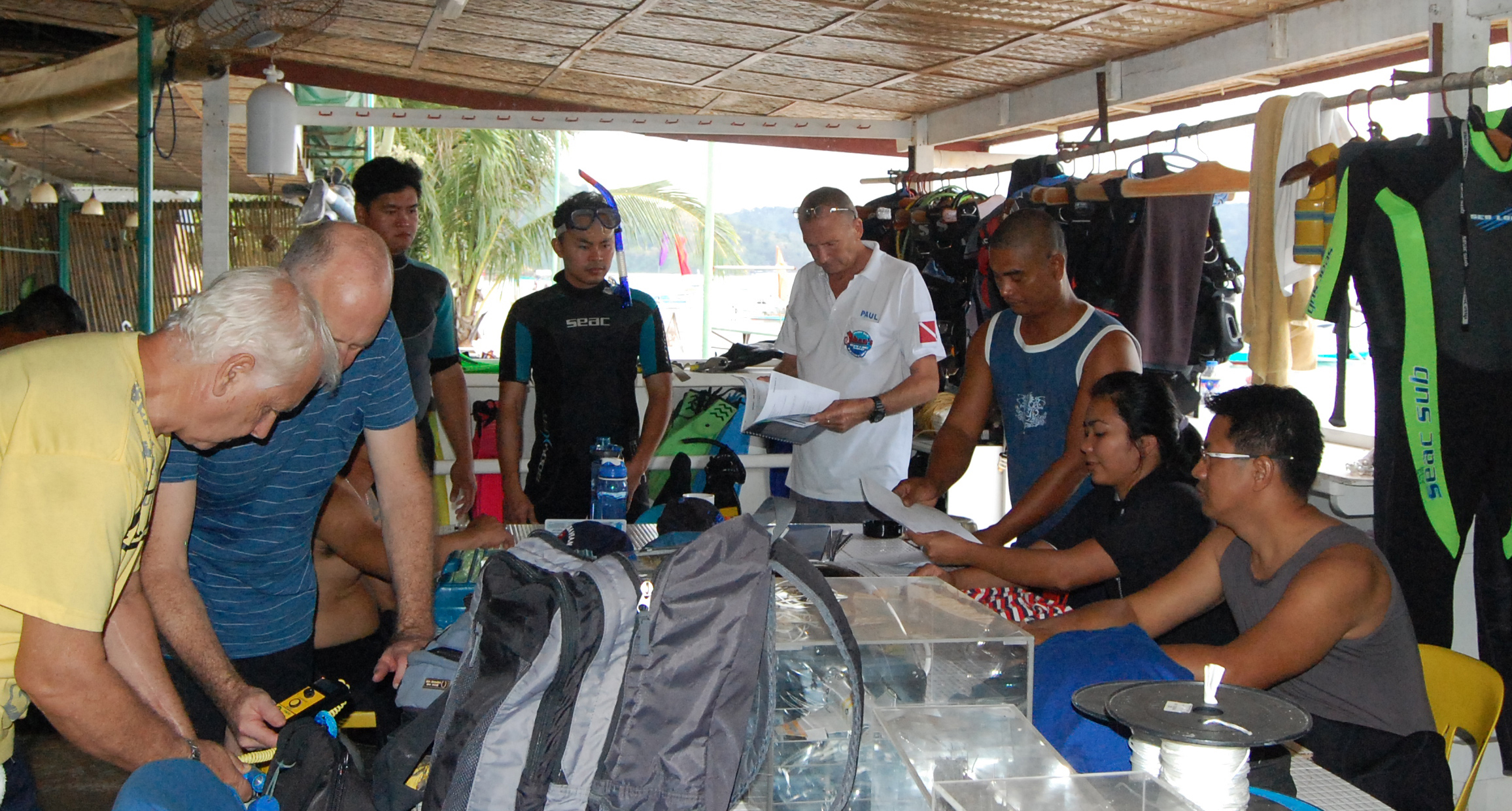
Two certified divers, left front, are preparing for a dive on the USS New York followed by Runway reef. The background is an Open Water Class reviewing the results of a quiz before starting the confined water sessions.
E-learning and Touch: E-learning and touch are the methods to do the knowledge portion at your own pace and time of choosing by digital learning. Both methods use internet connections to deliver your content. The E-learning methods is designed to use a computer or laptop with an internet connection. It is an interactive activity. Touch was designed for a tablet style device. An internet connection is needed to download the material, however, it is not needed to review the material. A connection will be needed to submit quizzes and test for grading. Both of these methods give you the freedom to study when you wish. To get started with either one of these methods, just follow the E-learning link and select the method you wish to use. When you complete your knowledge training, contact Johan’s to schedule the remainder of the course.
Confined Water Sessions

Students doing thier first confined water session in a local pool. Getting use to being underwater and breathing. When comfortable, a few simple task are done.
A confined water sessions are a hands-on class that will teach you how to use the scuba gear as well as the basic skills that you will need. It is also broken down into five sessions. At Johan’s these sessions are normally held in the water in front of the resort. At times, they are held at a nearby swimming pool. You will learn more about the equipment and how to assemble it. Each session is done with the instructor first demonstrating the task to be learned, and the students will do dry run of the task. Then in the confined water, slightly over the head, the instructor will do another demonstration and then observe and assist each student.
Open Water Sessions:
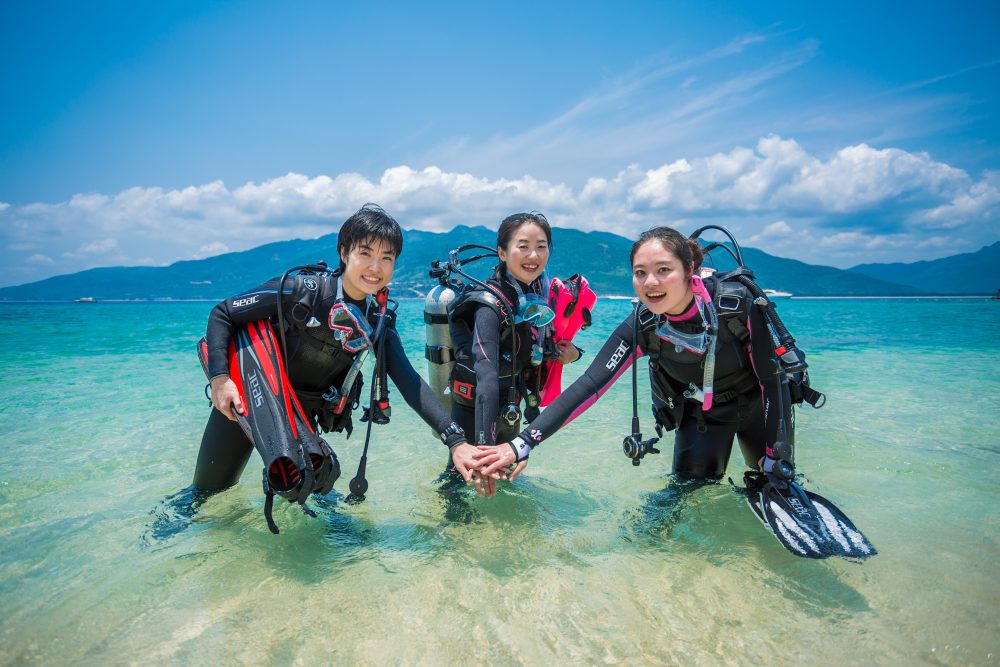
There are four open water sessions, this is where you combined the individual task in the confined water sessions into an actual dive session. You will become more comfortable with the skill set. The first two dives are done to a depth of 12 meters or 40 feet, while the last two will take you to 18 meters or 60 feet. While training dives are done separate from the fun dives of certified divers, you will be doing your dives on dive sites that the certified divers frequently use. Weather, current and other local conditions will play a part in which site you will do your training. The most common sites used for confined water are the Barges, San Quentin, The Canyons, Lighthouse reef and Runway reef.
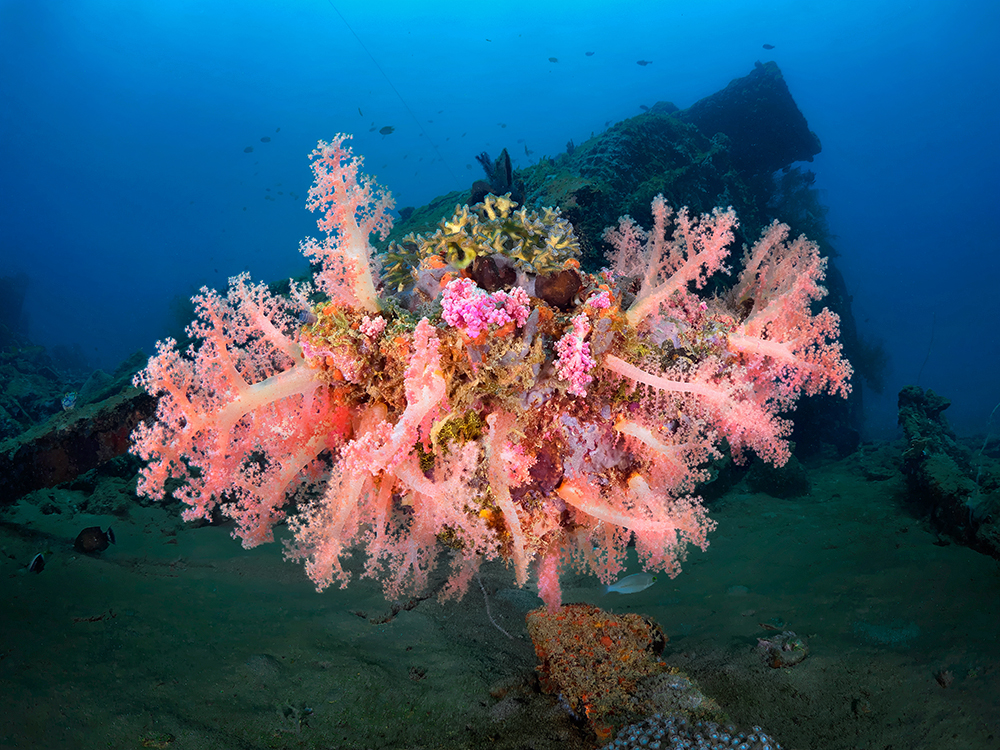
San Quentin wreck, a shallow Spanish armed transport ship scuttled in 1898.
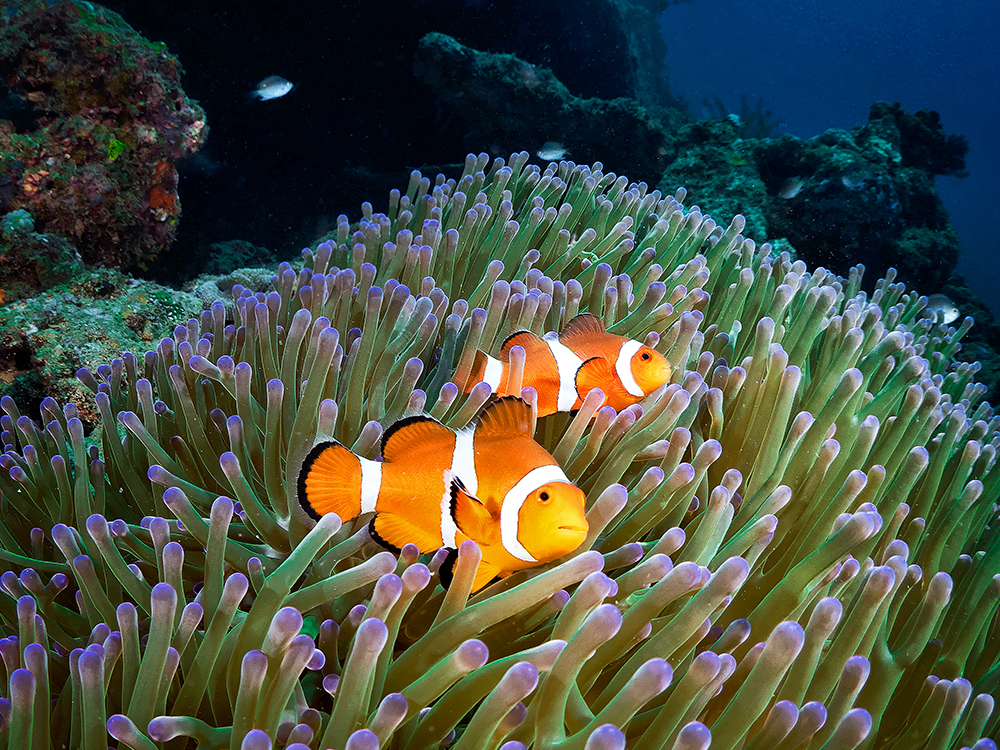
Anemone fishes at the San Quentin
All ready an open water diver? expand your knowledge and learn new skills in the Advance Open Water Diver Course.
